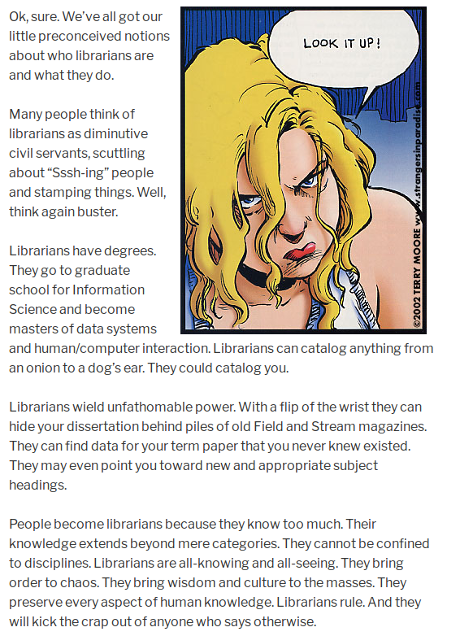Amazon’s own ‘Machine Learning University’ now available to all developers by Dr. Matt Wood.
From the post:
Today, I’m excited to share that, for the first time, the same machine learning courses used to train engineers at Amazon are now available to all developers through AWS.
We’ve been using machine learning across Amazon for more than 20 years. With thousands of engineers focused on machine learning across the company, there are very few Amazon retail pages, products, fulfillment technologies, stores which haven’t been improved through the use of machine learning in one way or another. Many AWS customers share this enthusiasm, and our mission has been to take machine learning from something which had previously been only available to the largest, most well-funded technology companies, and put it in the hands of every developer. Thanks to services such as Amazon SageMaker, Amazon Rekognition, Amazon Comprehend, Amazon Transcribe, Amazon Polly, Amazon Translate, and Amazon Lex, tens of thousands of developers are already on their way to building more intelligent applications through machine learning.
Regardless of where they are in their machine learning journey, one question I hear frequently from customers is: “how can we accelerate the growth of machine learning skills in our teams?” These courses, available as part of a new AWS Training and Certification Machine Learning offering, are now part of my answer.
There are more than 30 self-service, self-paced digital courses with more than 45 hours of courses, videos, and labs for four key groups: developers, data scientists, data platform engineers, and business professionals. Each course starts with the fundamentals, and builds on those through real-world examples and labs, allowing developers to explore machine learning through some fun problems we have had to solve at Amazon. These include predicting gift wrapping eligibility, optimizing delivery routes, or predicting entertainment award nominations using data from IMDb (an Amazon subsidiary). Coursework helps consolidate best practices, and demonstrates how to get started on a range of AWS machine learning services, including Amazon SageMaker, AWS DeepLens, Amazon Rekognition, Amazon Lex, Amazon Polly, and Amazon Comprehend.
…
Machine learning from one of our digital big brothers at any rate.
The classes are tuned to the capabilities and features of AWS machine learning services but that’s a feature and not a bug.
AWS machine learning services are essential to anyone who doesn’t have the on-call capabilities of the CIA or NSA. Even with AWS, you won’t match the shere capacity of government computing environments, but you have one thing they don’t have, your insight into a problem set.
Let’s say that with enough insight and funds to pay for AWS services, you will be competitive against government agencies.
Wood continues:
To help developers demonstrate their knowledge (and to help employers hire more efficiently), we are also announcing the new “AWS Certified Machine Learning – Specialty” certification. Customers can take the exam now (and at half price for a limited time). Customers at re:Invent can sit for the exam this week at our Training and Certification exam sessions.
The digital courses are now available at no charge at aws.training/machinelearning and you only pay for the services you use in labs and exams during your training.
Fire is a weapon rarely exploited well by counter-government forces. Consider the use of AWS machine learning services to resolve the trade-off between the areas most likely to burn and those where a burn would be the most damaging (by some criteria). Climate change presents opportunities for unconventional insurgent techniques. Will you be ready to recognize and/or seize them?

